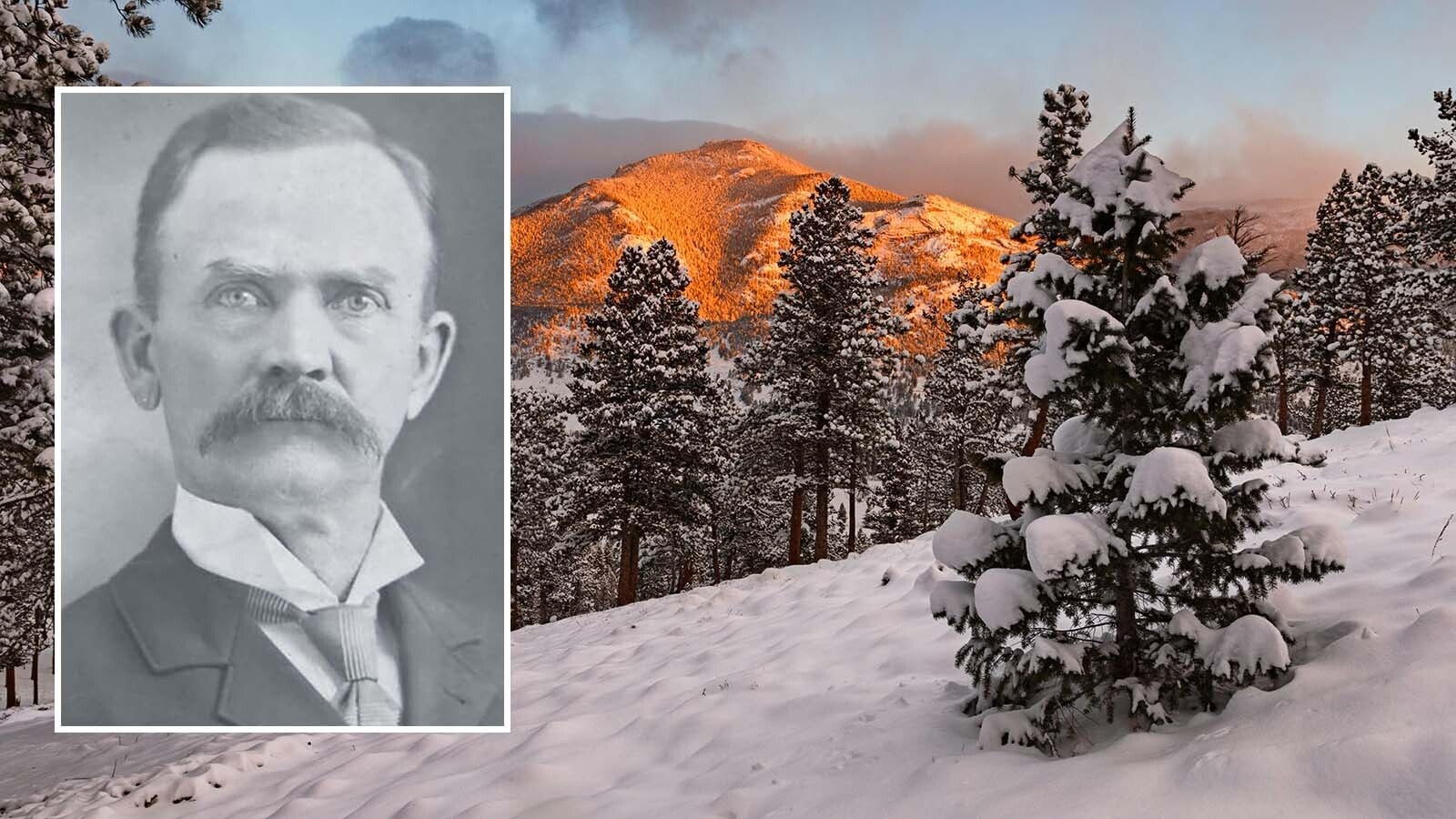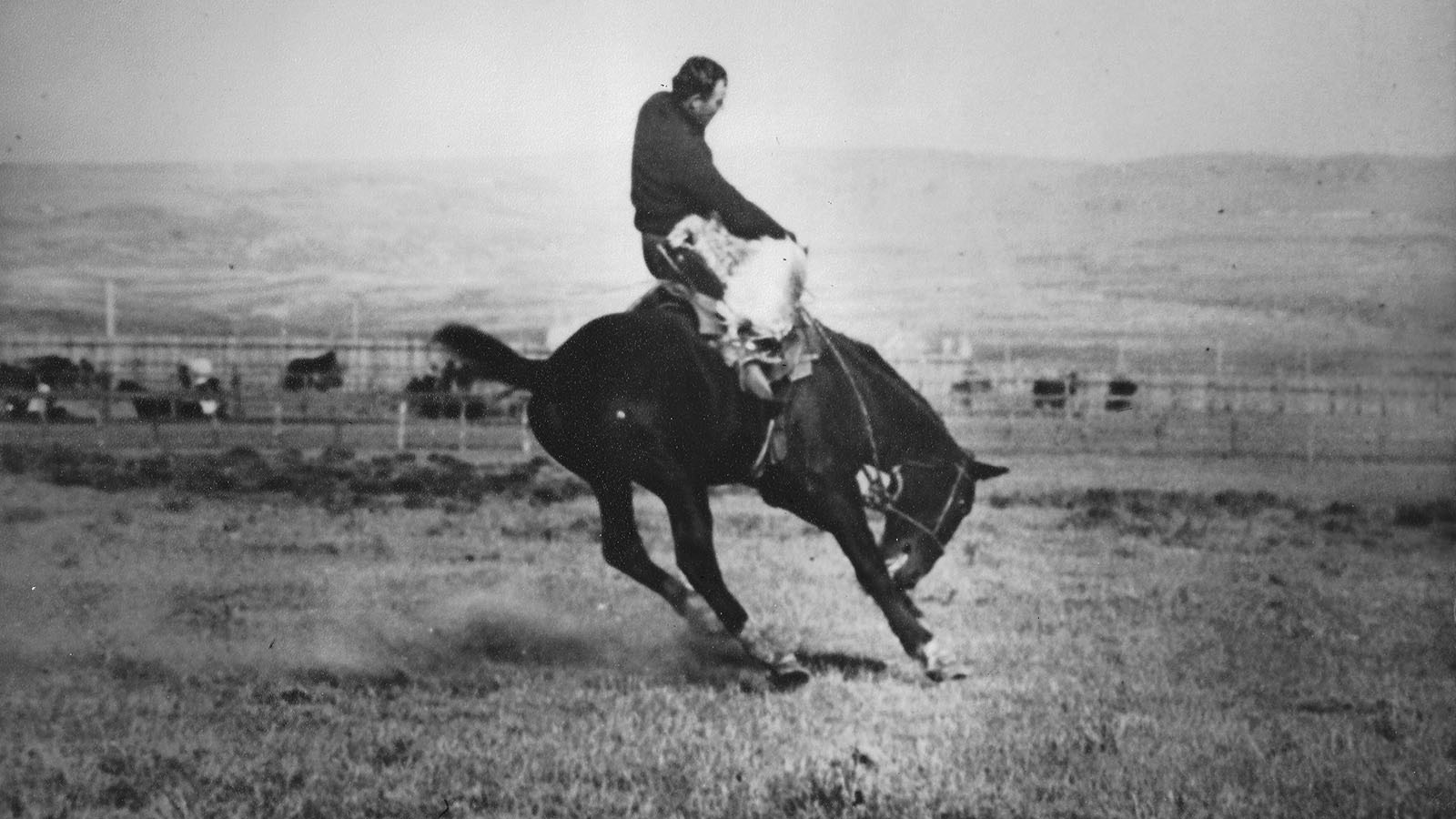Solomon Butcher first saw Nebraska in 1880 when he claimed a homestead in northeast Custer County. He had been working in Ohio as a traveling salesman, but joined his father, brother George, and brother-in-law J.R. Wabel when they migrated from Illinois.
Not unlike other plains homesteaders Butcher’s first home was a wagon cover stretched over a hole in the ground.
Pioneering did not suit him one iota and within just a couple of weeks, he turned his claim back to the government.
He returned to Minneapolis, attended Minnesota Medical College, and met Lillie Barber Hamilton. They married and in October of 1882 returned to Nebraska where he started teaching school.
As a young man Butcher had worked as an apprentice to a tin-typist, learning about photography. Now back in Nebraska he saved his money and purchased a photographic outfit.
Once again, he obtained some land, built an unimposing structure, part of it out of sod, and used it as a studio and living quarters.
But staying in one place did not suit Butcher at all and he began moving from town to town, staying one step ahead of full poverty. He was certain of one thing: he did not want to return to homesteading.
His love of photography drew him back to the land, however, and he set out on a journey to document the lives of pioneers. Butcher didn’t want to be a homesteader, but he clearly admired those with the grit and gumption to build a home of sod and a life on the land.
The Inspiring Heartland
Butcher’s canvas was a glass photographic plate. The Nebraska heartland – most specifically Custer County – became his inspiration.
Beginning in 1886 and continuing for the next 25 years, he carried his photographic equipment from one homestead to another, from town to town, documenting the people and their lives.
His photographs are iconic. They show the land, the homes, the farms, and most of all the people.
They range from a photo of himself in front of his dugout to a picture of an extended Nebraska family including grandparents, parents, and children that shows the treasures of a family: chairs, cows, horses, wagons or buggies, an organ and other household goods.
Sod House Pioneers and Wounded Knee
Butcher spent most of his photographic time capturing the sod house pioneers, but he also ventured north into South Dakota, where he photographed Lakota Indians on Pine Ridge shortly after the 1890 massacre at Wounded Knee.
He made more than 4,000 photographs during his career, most of them on large glass plates. He moved from place to place in Nebraska, each time carefully packing and hauling all of the glass places.
His photographs of sod house pioneers are the greatest collection of pioneer photographs in the country.
Butcher was an artist with a camera. But he wasn’t much of a businessman.
Ultimately, he sold his photographs to the Nebraska Historical Society in order to have some money in his pocket. He only received $600 for the photos that have become priceless representations of homesteader and pioneer life.
Step Into a Homestead Cabin
To understand more of the lifestyle Butcher photographed, visit the Stuhr Museum of the Prairie Pioneer in Grand Island, Nebraska. The museum’s log cabin settlement has eight structures representative of the 1850s and 1860s from various locations in the region.
An early example of a homesteader cabin from Hall County, Nebraska, is the Menck Cabin, built in 1859 of cottonwood logs by Christian H. Menck. This German immigrant claimed land just east of Grand Island City.
German brothers John, Henry, and James Vieregg built the Vieregg Cabin in Merrick County, Nebraska. With three of them to share the construction, this cabin, also now at Stuhr Museum, is quite large at 20 feet by 40 feet, twice as long as the Menck Cabin.
Many German settlers left their homesteads and relocated when the Union Pacific Railroad built the Grand Island Station in 1866. Some of them hitched ox teams and dragged frame buildings from their original locations to a new site near the railroad and as a result the town grew quite rapidly.
When a United States Land Office opened, the stake was clearly set for Grand Island City.
The Stuhr Museum has an area dedicated to the railroad development and there are other structures including the Cleary Farmhouse, once the home of German farmers Julius and Lena Kroll.
You can also see a summer kitchen, a hired man’s house, the rural Immanuel Evangelical Lutheran Church, and a rural schoolhouse. These structures represent the community of Runelsburg, which was bypassed by the railroad and therefore never became as prosperous as Grand Island.
Butcher is most known for the photographs and writing he did about settlers in Custer County and the Custer County Museum in Broken Bow, is a good place to learn more about the people and places Butcher photographed.
For a more in depth look at Solomon Butcher, and to view many of his photographs, pick up a copy of Light on the Prairie by Nancy Plain or Solomon D. Butcher: Photographing the American Dream by John E. Carter.
Candy Moulton can be reached at Candy.L.Moulton@gmail.com





